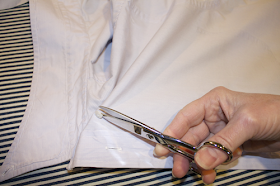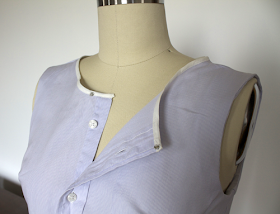 |
| Simplicity Fashion News April 1968 |
1968 was a year in transition. The fashions were a melting pot of 60's Mods with a glimmer of the Hippie movement on the horizon. This Simplicity Fashion News pattern catalog included these patterns: Simplicity 7549, Simplicity 7574, Simplicity 7575, Simplicity 7576, Simplicity 7577, Simplicity 7578, Simplicity 7579, Simplicity 7580, Simplicity 7581, Simplicity 7582, Simplicity 7584, Simplicity 7585, Simplicity 7586, Simplicity 7587, Simplicity 7588, Simplicity 7589, Simplicity 7598, Simplicity 7600, Simplicity 7603, Simplicity 7604, Simplicity 7608, Simplicity 7610, implicity 7611, Simplicity 7612, Simplicity 7614, Simplicity 7615 Download Catalog HERE.
Find these in my CynicalGirl shop on Etsy
 |
| Simplicity 7598 Simplicity 7577 Simplicity 7600 |
 |
| Simplicity 7581 Simplicity 7591 Simplicity 7576 |


















